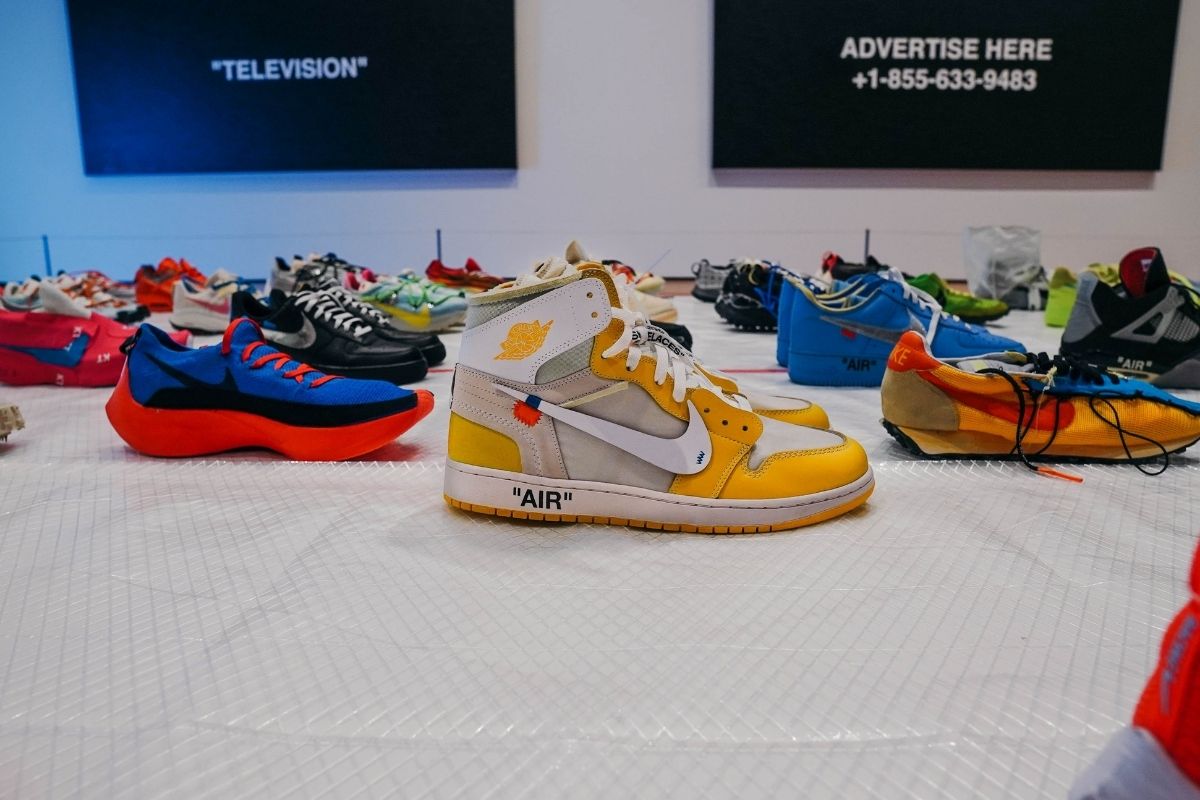More kids are consuming more things because it’s competitive. If Joey has it, Johnny has to have it. And that’s what they’re telling mom and dad.
There’s another piece of this business that’s $5 billion. The other piece of this business is something that developed over the last five to seven years. It was the fastest growing segment in travel and tourism. It’s called youth sports tourism.
See, the towns ran out of money after the 2008 financial crisis. One of the first things they cut is the free Little Leagues and things like that, so the parents took over. They started creating travel leagues. When I say “travel,” what do I mean? I mean they’re hopping on planes, trains, and automobiles, and are traveling all around the country.
Youth Global Sports Is Very Profitable
Who’s making money on that? Hotels, restaurants, planes, trains, and automobiles, as well as gas companies. Who else is making money on that? Right now, because of the $7 billion that has been assessed to pour into youth sports travel and tourism, towns that are strapped for cash are investing all of their money into creating these youth sports complexes to host these tournaments. They figure that the tourism money can flow into their little towns. They don’t have a pro team. “Come to our little town. Have a great time, eat in our restaurants. We’ve got great day care.” They set up a whole thing for them. It’s a whole business.
Who else is making money? When kids get hurt, it’s terrible, but they have to go to the doctor. Youth sports medicine is one of the most exploding fields of medicine there is. You know, I tore my rotator cuff a few years ago. You know what else? I had to go to rehab. So there’s rehab involved in that, too, right? I thought I’d see a bunch of old people – it was kids. They’re all kids in rehab – sports medicine, rehab. So they got smart. “We need to prevent these injuries.”
When you only play one sport, you only develop one piece of yourself. Playing all kinds of sports, like I did, or running around in the woods and the rocks and stuff, you fully develop your body athletically. It’s normal development. Nowadays, Nike and all kinds of other organizations have created training, which basically means, “I show you how to jump and land different ways. I show you how to fall different ways.” Things you used to learn as a kid, normally. But because you’re only playing one sport and specializing, now you don’t. They’ve created this whole business around training kids, which is no more than developing your body properly.
Who else is making money? Oh, the pressure the kids are feeling, right? I stand on the foul line. I see my dad’s face. What am I going to do? Sports psychologists. What does this sound like, by the way? Kids are practicing all year round, 365 days a year, same sport. Traveling all over the country, sometimes to other countries. Getting hurt, therapy. What’s this sound like? It sounds like professional sports.
Professional Sports Management vs Youth Sports Leagues
Where does professional sports really make money? Television, the Little League World Series. The expansion from one game a year (which was very cute), to every single game with three people in the announcing booth – full statistical analysis of every single kid.
It’s not just Little League Baseball, it’s every single sport. There are entire networks devoted to youth sport. They’re making money. Well, who’s making money? Not the kids.
Sponsors are making money. Networks are making money from the sponsors. When’s it going to happen that some parent’s going to wake up and be like, “Hold on a second, that’s my kid.” That’s the evolution of all professional sports. There came a time when the athlete woke up and said, “Yeah, I know I’m playing a game, but you’re all making money here.” Who controls youth sports? Well, the NCAA controls most of the major college sports. The commissioner of the NFL controls the NFL. There is no governing body. It’s the wild west. This is the next frontier in the last frontier. It’s absolutely pure.
Sports Management Education: Understanding Sponsorships
When I go sell a sponsorship, I research the guy. I want to spell out a youth sports sponsorship:
I research the guy and I say, “Hey, I see you’re a big Yankee fan.”
He’s like, “That’s right. I’m a Yankees fan.”
I’m like, “You got box seats, don’t you?”
He’s like, “I’ve had box seats for 30 years.”
I’m like, “I know you do. You’d never miss a Yankees game.”
He’s like, “I’d never miss a Yankee game.”
I’m like, “Is that the most important game of the year to you, when the Yankees play?”
He’s like, “That’s the most important game.”
I’m like, “No, it’s not.”
The CEO is like, “How dare you tell me it’s not the most important game?”
I’m like, “It’s not.”
He’s like, “What’s wrong with you, man? I told you I’ve been a 30-year season ticket holder.”
I’m like, “Yeah, but I know your son plays soccer and he’s in junior league. Every Saturday in the fall, they play.” I’m like, “That’s the most important game.”
And he’s like, “Yeah, that is.”
There’s so many parents who feel the same way, who are having the same experience. So, youth sports is this incredibly common and exciting, relatable experience. And it’s pure. It comes without so many of the difficulties and baggage, and controversies. It’s the next frontier.
Sports Management Education: The Future of Youth Sports
Has it been too influenced by the superstructure of professional sports? Has it lost what creates the most interesting athletes to begin with? Think of the kids in the favelas of Brazil who are just kicking a can. That’s where they learn to freestyle. That’s why the best soccer players come from Brazil. What about the kids who play street basketball in the cities of the Unites States? That’s why unsupervised, unstructured, no league – they’re the best basketball players in the world and so on.
Where should youth sports go? What’s the right way to raise an athlete? What’s the social purpose of sports? Is it to have fun, to learn to be a good citizen, a better human being? Or is it to be good at it, to be a pro, which means a vehicle of wealth?
It ties all together. Youth sports to the NCAA, to the pros, to all the businesses that want to find value in the ecosystem. That’s the chart. We just don’t think of it that way, but that’s the chart. Nike knows it. Gatorade and Coca-Cola knows it. It’s a circle. It’s not a line that ends. It’s all tied together.
The question is, as far as sports as a transformative power, whether this stays commercial or whether it moves social impact. Can the two coexist? Was Huizinga right, that play and profit are essentially at odds and always will be? Maybe they don’t have to be and maybe there’s a way to get the benefit of both. We’re starting to hit a breaking point on a number of fronts – leagues and teams, college sports, and youth sports.
Sports. Why do you like it? What does it really mean? How do I know when I’m watching a sport or am I watching a business? What is this thing to you? To understand that coldly, analytically, with no moral center. Put your ethical lens on it. Put your moral lens on it, but understand first. Then, you can do great things with it commercially and socially.



